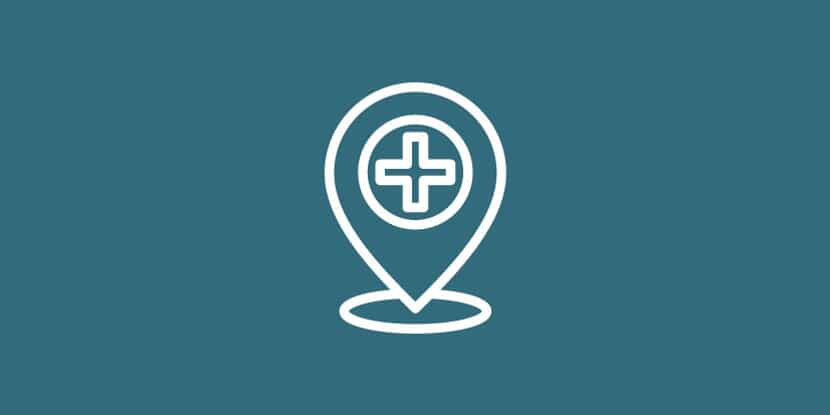
Osteoporosis
Bone Health for Women in the Greater Cleveland Area
For many women in the greater Cleveland area, osteoporosis and bone fractures are a real concern.
Southwest General would like to help you keep your bones and joints healthy by providing you with the latest information and services.
The Importance of Bone Health
Many women are unaware that bone health is important not only to provide a strong skeletal structure to support your tissue and organs but also to maintain a balance of blood nutrients. For example, calcium is quickly drawn out of bone when certain medical conditions cause blood calcium levels to drop to a threatening level. Additionally, bones act as a repository for other needed minerals and nutrients while also producing blood cells and managing the crucial acid-base balance of your blood. For these reasons and many more, it is important to maintain healthy bones and joints.
Peak Bone Mass
During the first few decades of your life, you will build your "peak bone mass." This is the level at which your skeletal mass is at its highest and it is a benchmark used by medical professionals to assess overall bone health. A lower peak bone mass indicates a higher chance of developing osteoporosis in later life.
Understanding what osteoporosis is and is not is important in taking action to maintain healthy bones.
Osteoporosis is:
- Decreased bone density
- Abnormally porous bones
- A degenerative disease
Osteoporosis is not:
- Thin bones
- Normal aging bone loss
- A female disorder
- An isolated disorder
Assessing the Potential for Bone Disease
The team of orthopedic specialists, radiologists, physical therapists and dietitians at Southwest General is ready to help address your bone health needs with state-of-the-art diagnostic and treatment tools.
The diagnostic tool most frequently used in measuring bone mineral density (BMD) is DEXA Scanning. This safe, non-invasive procedure uses low levels of radiation to measure the bone mineral density of the spine and hip, sites that are most likely to fracture in patients with osteoporosis. The procedure is commonly performed in our Radiology Department. Using DEXA, together with other diagnostic tools, it is possible to detect bone disease early and to identify those at highest risk of fracture, who may need further evaluation.
The Importance of Physical Activity and Diet
Physical activity, together with calcium and vitamin D intake, are known to be major contributors to bone health for individuals of all ages. Even though bone disease often strikes later in life, the importance of beginning prevention at a very young age and continuing it throughout life is now well understood.
Risk Factors
To improve bone health, Southwest General can show you how to make the lifestyle changes needed to avoid or overcome the following risk factors:
- Poor nutritional habits
- Low levels of nutrients vital to bone formation
- An acid-forming diet
- Lack of weight-bearing exercise
- Situations where the risk of falling is great
- Chronic stress
- Use of bone-depleting medications and pharmaceuticals


